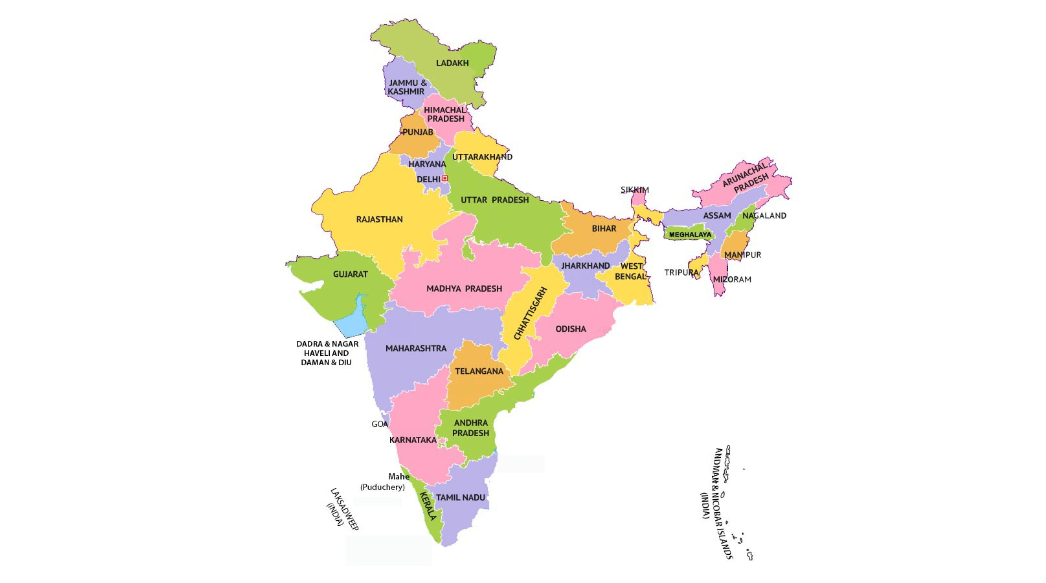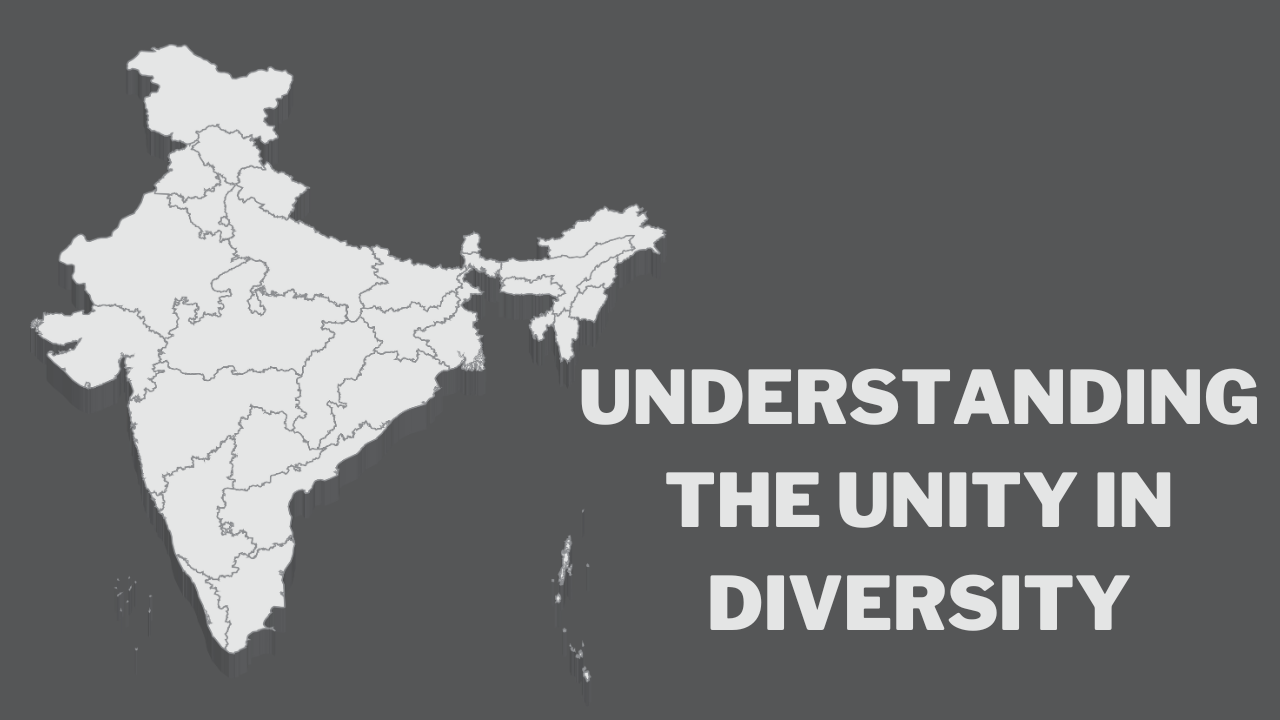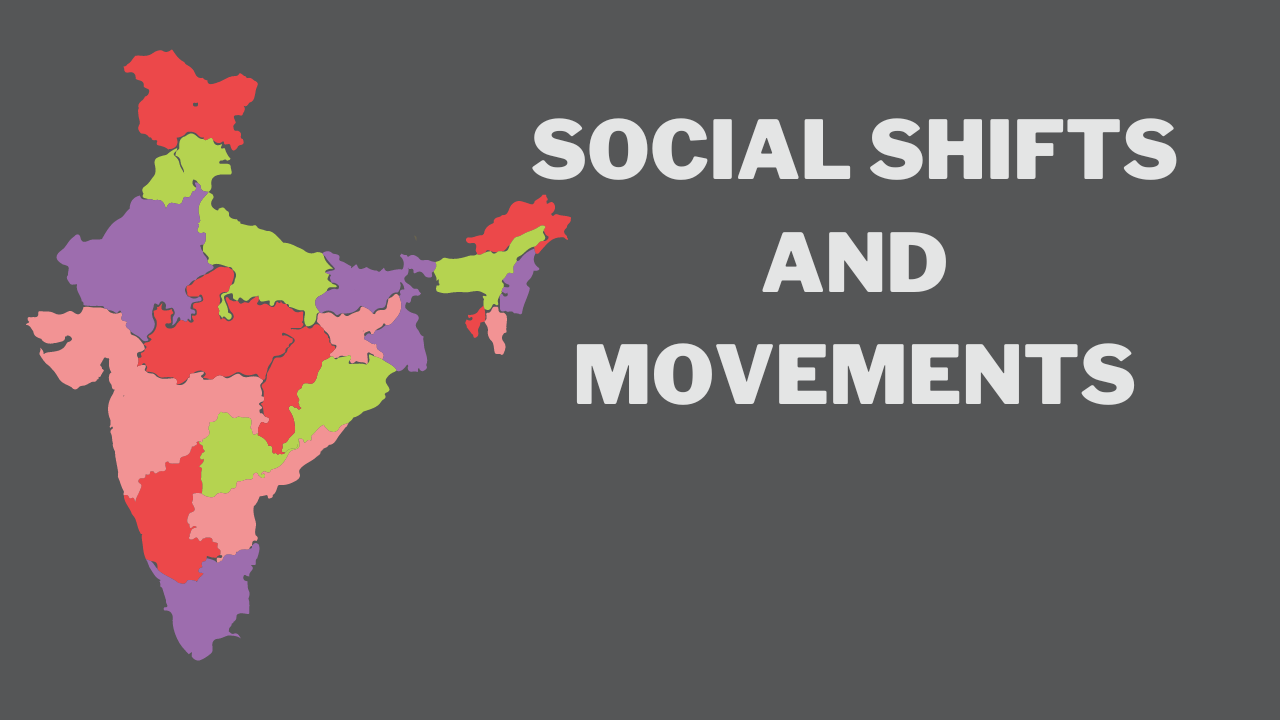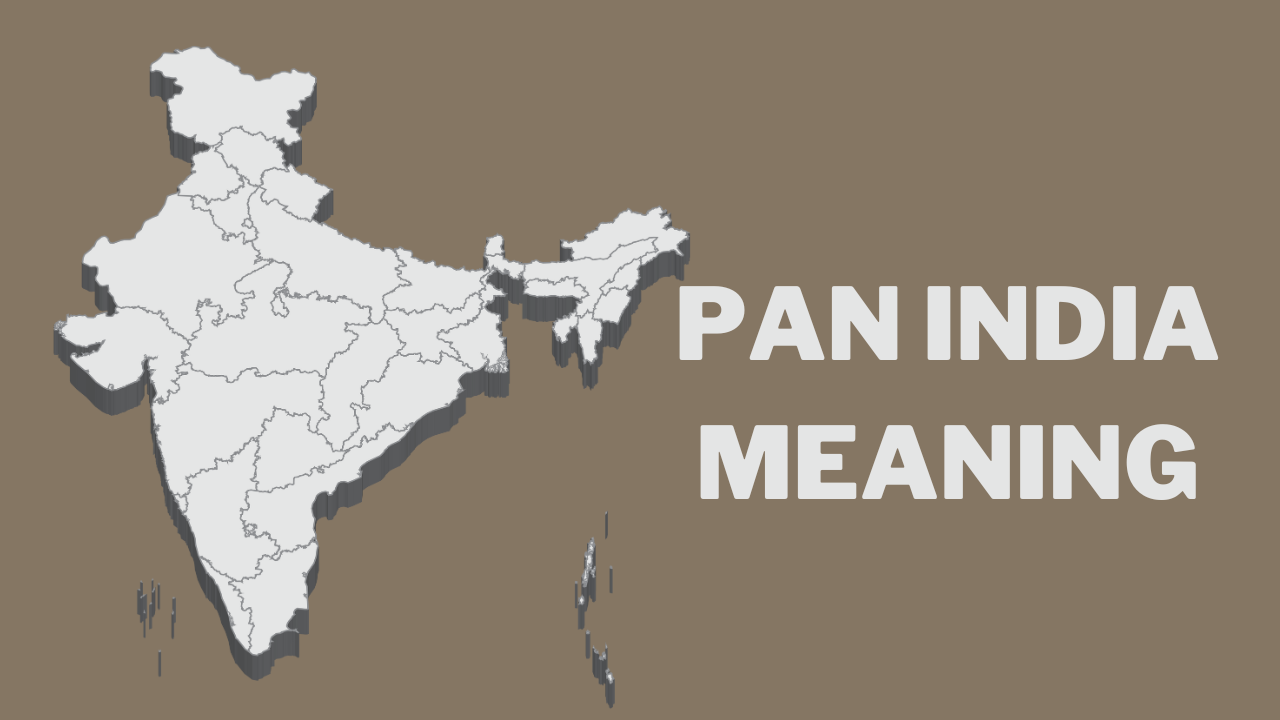Pan India Meaning- Weaving Unity, Embracing Diversity, and Celebrating Rich Heritage
- 1 What Is Pan India Meaning?
- 1.1 Multicultural Spectrum
- 1.2 Understanding The Language Diversity
- 1.3 The Historical Significance Of Pan-India Meaning
- 1.4 Understanding The Unity in Diversity
- 1.5 Navigating the Economic Landscape from North to South, East to West
- 1.6 What Are The Challenges and Chances?
- 1.7 A Culinary Journey Across the Nation
- 1.8 Exploring the Religious Tapestry of India
- 1.9 Exploring Pan-Indian Wildlife and Biodiversity
- 1.10 Exploring Pan-Indian Artistic Traditions
- 1.11 Social shifts and movements
- 1.12 Tech Triumph India’s Innovation Ecosystem Across the Nation
- 1.13 A Guide to Historic Sites and Tourism Pan India
- 2 Conclusion
- 3 Frequently Asked Questions
In Short
- Pan India’s ability to unify and respect variety is a strength.
- Each state and union territory adds colour and pattern to India’s culture.
- India has mountains, plains, deserts, and coastlines.
India, the “Land of Diversity,” has different cultures, languages, customs, and landscapes. “Pan India” symbolises unity in diversity and the peaceful coexistence of various identities across the country. From the snow-capped Himalayas to the Andaman & Nicobar Islands, India possesses breathtaking scenery. India’s diversified landscape includes the Gangetic plains, Rajasthan’s deserts, the east’s deltas, and the Western Ghats. India is a delight for nature lovers and explorers due to its beauty and ecological significance. Pan India’s geographical, cultural, linguistic, and historical characteristics are examined in this article.
| Aspect | Description |
| Geographical Diversity | The Andaman and Nicobar Islands, the Gangetic plains, the snow-capped Himalayas, the deserts of Rajasthan, etc. |
| Cultural Diversity | An abundance of customs, artwork, music, dance, and celebrations from every state and union region. |
| Language Diversity | 22 official languages are recognised, while each state has its own regional language Historical empires, civilizations, and landmarks like the Taj Mahal illustrate a rich and diverse history. |
| Historical Significance | Constitutional commitment to justice, equality, and brotherhood; federal political structure |
| Unity in Diversity | Global industrial and service hub emerging from an agricultural centre; IT development, agriculture |
| Economic Landscape | Addressing regional development discrepancies, identity politics, and socioeconomic inequality |
| Challenges and Chances | Diverse culinary traditions and regional specialities, such as fiery southern curries and aromatic northern biryanis. |
| Culinary Diversity | Religion-neutral festivals: Hinduism, Islam, Christianity, Sikhism, Buddhism, and Jainism. |
| Religious Tapestry | Hotspots for biodiversity, sanctuaries for animals, threatened species, and conservation programmes |
| Wildlife and Biodiversity | Several artistic mediums, including Bollywood, regional cinema, Tanjore paintings, Madhubani, and Pattachitra |
| Tech Innovation | IT clusters, ISRO space exploration, and startup environments that foster creativity |
What Is Pan India Meaning?

In recent years, business and government have used “PAN India” more. What does PAN India presence mean for a firm, product, or initiative? PAN means “Presence Across Nation.” PAN India covers numerous states, regions, and demographics across India. Businesses must operate and serve clients nationwide to be PAN India.
India is a huge, complicated, and diversified market with 1.3 billion people. North to south, the nation is over 3,200 km and east to west, approximately 3,000 km. More than 20 official languages, faiths, and cultures exist in different states. Based on region, community, wealth, and more, people have different diets, preferences, and customs. Understanding and adjusting to this variety is essential for any company or brand moving PAN India. It’s impossible to reproduce success with one method. Strategies and messaging must be compelling locally while preserving brand consistency nationwide. Distribution models should reach rural regions as well as tier 1 cities. Partnerships with local players can boost competence and acceptability.
Government programmes and public welfare projects need PAN India presence for inclusive development. Claim PAN India reach has restrictions. Deep penetration across all parts is difficult even with countrywide distribution and advertising. Rural India, home to 66% of the population, is disregarded. Remote areas without electricity and communication remain unreachable.
PAN India should be a goal for businesses and governments, but it’s complicated. It takes time and effort to bridge disparate cultures, people, geographies, languages, and requirements. PAN India is more of a journey than a goal. The word represents national organisations’ commitment to serving India fairly.
Multicultural Spectrum
Tradition, art, music, dance, and festivals weave a rich cultural tapestry across India. Each state and union territory adds unique flavours to this kaleidoscope, producing a harmonic combination that promotes togetherness. From the vibrant Holi in the north to the grandiose Pongal in the south, India’s holidays reflect its cultural variety. Bharatanatyam in Tamil Nadu, Kathak in Uttar Pradesh, and Bihu in Assam demonstrate regional dance diversity. Hindustani, Carnatic, and many folk traditions enrich India’s musical history. The UNESCO-listed Intangible Cultural Heritage locations in diverse areas emphasise the need to maintain and enjoy this unique cultural patchwork.
Understanding The Language Diversity
The constitution of India recognises 22 languages, demonstrating linguistic diversity. Hindi and English are the official languages, however, each state has its regional language, enriching the nation’s language. Many languages, including Bengali, Telugu, Marathi, Tamil, Urdu, Punjabi, and others, have their scripts, literature, and peculiarities. Linguistic variety unites the nation, not divides it. Many Indians live multilingually, encouraging openness and understanding. Pan India’s multilingualism shows how diverse linguistic communities may coexist.
The Historical Significance Of Pan-India Meaning
Pan India is a narrative of ancient civilizations, mighty dynasties, and various cultures that have evolved and interwoven for millennia. India’s history is one of endurance, absorption, and transition, from the 3300 BCE Indus Valley Civilization to the Maurya and Gupta empires, the Mughal Empire, and the British colonial period. The Taj Mahal in Agra, Qutub Minar in Delhi, and Khajuraho’s ancient temples are examples of timeless architecture. Historical monuments around the nation remind us of the rich and varied past that moulded us.
Understanding The Unity in Diversity

Despite its variety, India remains united at its heart. In practice, “Unity in Diversity” is a reality. The 1950 Indian Constitution guarantees equality, justice, and fraternity, laying the groundwork for a varied society. The federal political system of Pan India allows states and union territories to rule autonomously while being part of the nation. Local communities feel empowered and own their development under the Panchayati Raj system, which decentralises governance.
Navigating the Economic Landscape from North to South, East to West
Pan-Indian economics altered drastically. The nation has risen from an agrarian economy to a global industrial and service hub. The IT development, notably in Karnataka and Maharashtra, has made India a tech leader. Agriculture is prominent in Punjab, Haryana, and West Bengal, showing economic diversity. Southern Tamil Nadu and Karnataka are manufacturing and IT hubs, whereas western Gujarat and Maharashtra are industrial powerhouses. Economic progress in India displays people’s perseverance and flexibility.
What Are The Challenges and Chances?
Diversity benefits Pan India but raises difficulties that require smart solutions. Identity politics, socio-economic inequalities, and regional development disparities must be addressed. To achieve national growth, policymakers must use inclusive and sustainable strategies that boost all groups. Variety fosters creativity and progress. Regional collaboration can lead to complete development. The government uses “Make in India” and “Digital India” to capitalise on the nation’s diversified growth potential.
A Culinary Journey Across the Nation
Gastrocultural variety underpins Pan-Indian culture. Primary foods differ by region due to climate, agriculture, and history. Food in India is a culinary adventure, from spicy southern curries to fragrant northern biryanis. South Indian dosa and idli, north Indian chaat and kebabs, west Indian dhokla, and centre Indian misal pav show various Indian cuisines and ways. Indian food is popular worldwide because each region’s spices, herbs, and cooking methods are unique.
Exploring the Religious Tapestry of India
India is home to Hinduism, Islam, Christianity, Sikhism, Buddhism, Jainism, and many indigenous religions. The Varanasi Ghats, Amritsar’s Golden Temple, Ajmer Sharif Dargah, and Bodh Gaya, where Buddha obtained enlightenment, are among the country’s most famous pilgrimage attractions. Religion-related festivals and rituals enrich Pan India’s culture. National celebrations including Diwali, Eid, Christmas, Holi, and Durga Puja transcend religious barriers and promote communal cooperation.
Exploring Pan-Indian Wildlife and Biodiversity
India has unmatched biodiversity, with various ecosystems sustaining a large range of flora and wildlife. India is a biodiversity hotspot with the Royal Bengal Tiger in the Sundarbans and the Indian Elephant in the Western Ghats. Endangered species need national parks and wildlife sanctuaries like Jim Corbett, Kaziranga, and Sunderbans. The Western Ghats and Eastern Himalayas are biodiversity hotspots with many endemic plant and animal species. Pan-Indian wildlife sanctuaries and conservation initiatives help preserve nature’s fragile balance and legacy.
Exploring Pan-Indian Artistic Traditions
India’s art is as diverse as its civilization. Madhubani, Pattachitra, and Tanjore paintings from Bihar, Odisha, and Tamil Nadu show the artistic heritage. Mumbai and Delhi have vibrant contemporary art scenes with galleries and cultural events spanning traditional and modern art. Bollywood generates an incredible quantity of films globally. Regional film industries like Tollywood, Kollywood, and Marathi influence Pan India’s cinema.
Social shifts and movements

Indian social innovations and grassroots programmes that solve local issues and promote sustainable development are growing. Kerala’s Kudumbashree, Andhra Pradesh’s SHGs, and tribal community-driven programmes show the importance of community engagement in development. Chipko, Narmada Bachao, and RTI grassroots movements have shaped environmental preservation and government openness. These movements demonstrate local populations’ desire to protect their rights and contribute.
Tech Triumph India’s Innovation Ecosystem Across the Nation
IT hubs Bangalore, Hyderabad, and Pune are international. Mangalyaan and Chandrayaan demonstrate ISRO’s space exploration. Bangalore and Hyderabad startup ecosystems have made India an IT superpower by promoting innovation. The digital revolution has reduced urban-rural gaps by offering remote information, education, and healthcare.
A Guide to Historic Sites and Tourism Pan India
Heritage sites around India lure tourists from around the world. The Taj Mahal, Hawa Mahal, Hampi, Ajanta, and Ellora caves draw tourists. The Kerala backwaters, Khajuraho temples, and Rajasthan street markets are appealing. India draws tourists wanting a rich and engaging experience with its landscapes, culture, and history. Tourism increases economic growth and cultural understanding.
Conclusion
Pan India is a story of unity in diversity that is always changing. India is alive and robust due to its diverse geography, culture, history, and socioeconomic situation. Pan India will represent its different people’s goals, inventions, and contributions as India moves forward.
Frequently Asked Questions
What’s Pan India?
Pan India encompasses all states, union territories, and varied geographical areas of India.
Why is India called “Unity in Diversity”?
India is recognised as “Unity in Diversity” for its national unity despite varied cultures, languages, religions, and customs. Inclusion is important to the Indian Constitution.
India recognises how many languages?
The Indian Constitution recognises 22 official languages, including Hindi and English. However, many hundred languages are spoken nationwide.

















